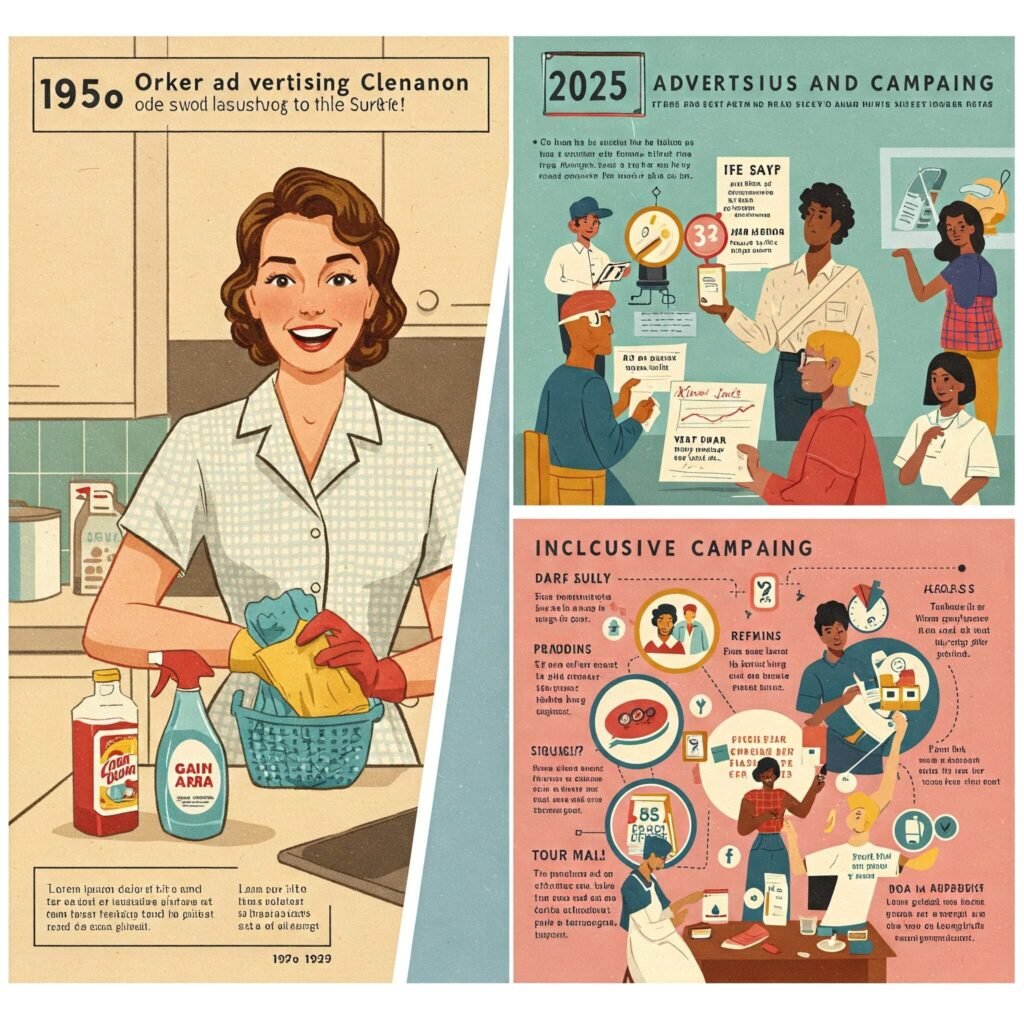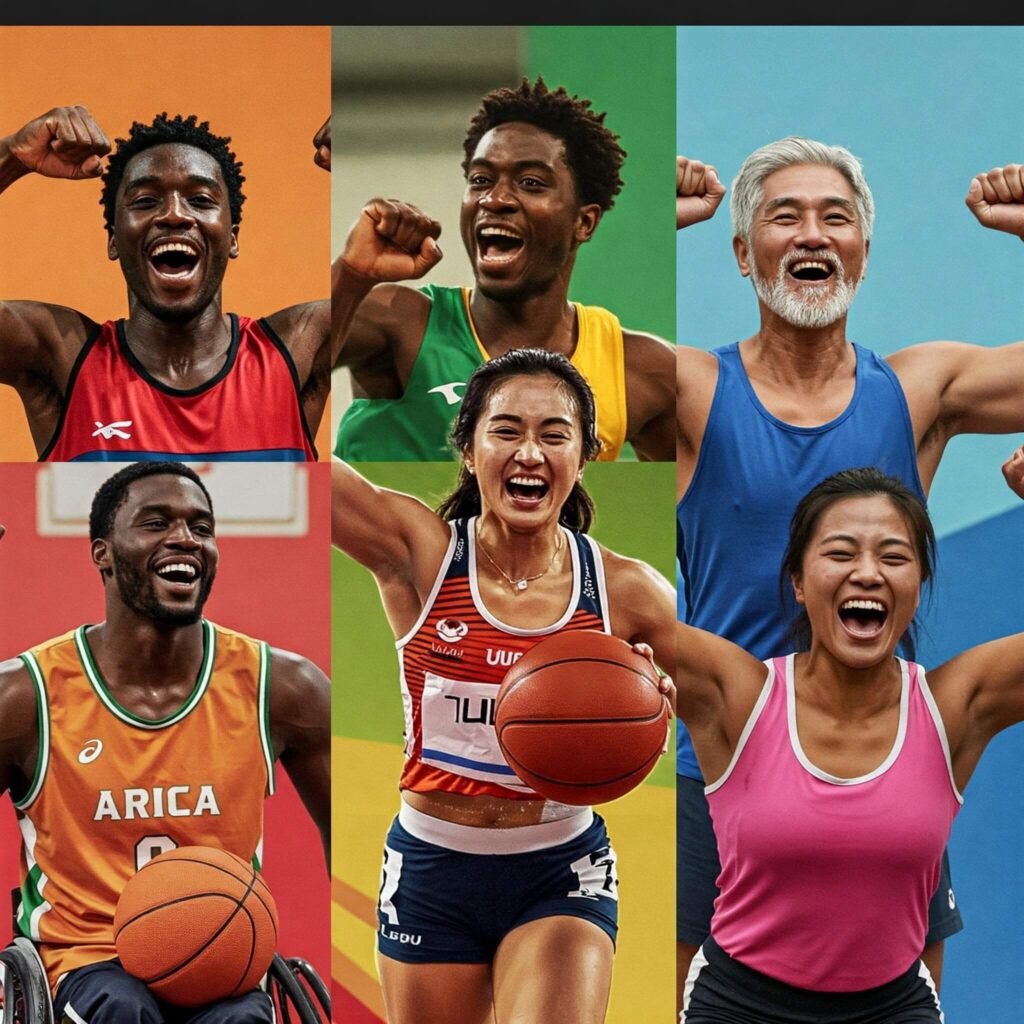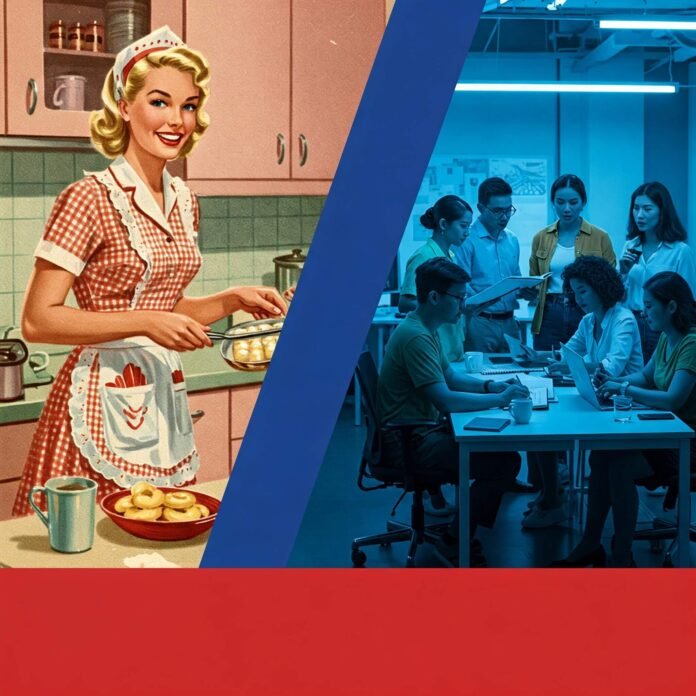Are Ads Still Sexist in 2025?
Advertising shapes culture, but are ads still sexist in 2025? Despite progress toward inclusivity, some campaigns still lean on outdated gender stereotypes, while others boldly challenge norms. This deep dive into 2025 ad campaigns explores whether sexist advertising persists, highlights brands breaking the mold, and offers insights for marketers aiming to create equitable content. Let’s unpack the state of modern marketing and see how far we’ve come—or haven’t.
The Evolution of Sexist Advertising
What Makes an Ad Sexist?
Sexist advertising reinforces gender stereotypes, often portraying women as domestic or overly sexualized and men as dominant or emotionless. In the past, ads like Vintage Camay Soap campaigns depicted women solely as homemakers, while men were rarely shown in nurturing roles. In 2025, are ads still sexist, or have brands moved beyond these tropes?
Progress in the Last Decade
The 2010s saw a shift, with campaigns like Dove’s Real Beauty and Always’ #LikeAGirl challenging stereotypes. By 2025, regulations like the UK’s 2019 ban on harmful gender stereotypes in ads have pushed brands to rethink portrayals. Yet, subtle biases persist—think fitness ads hyper-focusing on women’s appearance or tech ads skewing male.

Are Ads Still Sexist? 2025 Campaigns Under the Microscope
Lingering Stereotypes in Modern Ads
Despite progress, some 2025 campaigns still miss the mark. For example:
- Fashion Ads: Some luxury brands continue to hyper-sexualize women, framing them as objects rather than individuals.
- Household Product Ads: Brands like certain cleaning product companies still disproportionately feature women, implying domesticity is their domain.
- Gaming Ads: Many target young men with hyper-masculine imagery, alienating diverse audiences.
A 2024 study by the Geena Davis Institute found that 60% of ads still reinforce gender roles, though less overtly than a decade ago. Are ads still sexist? The answer is yes, but the sexism is sneakier now.
Brands Getting It Right
On the flip side, 2025 has seen inspiring campaigns:
- Nike’s Equality Campaign: Featuring athletes of all genders in empowering roles, Nike emphasizes performance over appearance.
- Microsoft’s Inclusive Tech Ads: Showcasing women and non-binary individuals in tech leadership, challenging male-dominated narratives.
- Procter & Gamble’s Share the Load: This campaign promotes shared domestic responsibilities, resonating globally.
These brands prove that inclusive advertising isn’t just ethical—it’s profitable, with 70% of consumers preferring brands that align with their values.

Why Sexist Advertising Persists
Market Pressures and Consumer Expectations
Brands often stick to stereotypes because they’re “safe.” Marketers fear alienating audiences by challenging norms, especially in conservative markets. For instance, a 2025 beer ad campaign leaned on macho imagery to appeal to traditional male consumers, ignoring shifting demographics.
Lack of Diversity in Creative Teams
A 2024 WFA report revealed that only 30% of creative directors are women, limiting perspectives in ad creation. Diverse teams are more likely to spot and avoid sexist tropes. Are ads still sexist? Partially because the industry itself lacks balance.
How to Create Non-Sexist Ads in 2025
Actionable Tips for Marketers
To ensure your 2025 campaigns avoid sexist pitfalls, follow these best practices:
- Diversify Your Team: Include women, non-binary individuals, and diverse voices in creative roles.
- Challenge Stereotypes: Show men in nurturing roles or women in leadership—break the mold.
- Test with Audiences: Run focus groups to catch unintended biases before launch.
- Use Data: Analyze consumer feedback to align with modern values, as 80% of Gen Z prioritize inclusivity.
- Follow Guidelines: Adhere to standards like the ASA’s gender stereotype rules.
Tools for Inclusive Advertising
- AI Bias Checkers: Tools like IBM’s Fairness 360 can flag biased content.
- Diversity Audits: Use platforms like Geena Davis Institute’s GD-IQ to analyze representation.
- Keyword Research: Optimize for terms like “inclusive advertising” or “gender equality in ads” to align with 2025 search trends.

Conclusion: Are Ads Still Sexist? It’s Complicated
In 2025, are ads still sexist? Yes, but the landscape is shifting. While some brands cling to outdated stereotypes, others are leading with inclusive, empowering campaigns that resonate with modern audiences. By prioritizing diversity, challenging norms, and optimizing for SEO, marketers can create ads that not only rank well but also drive cultural change. Let’s make 2025 the year sexist advertising becomes a relic of the past.
Call to Action: Have you spotted a sexist ad in 2025? Share your thoughts in the comments or audit your own campaigns for inclusivity today!
Outbound Links:



































